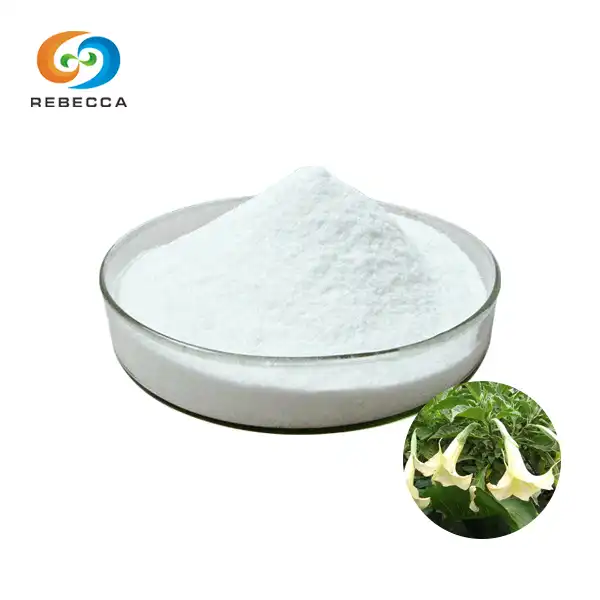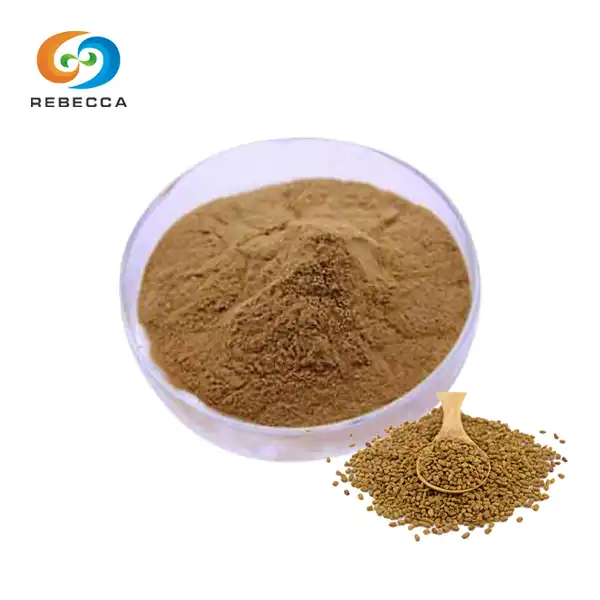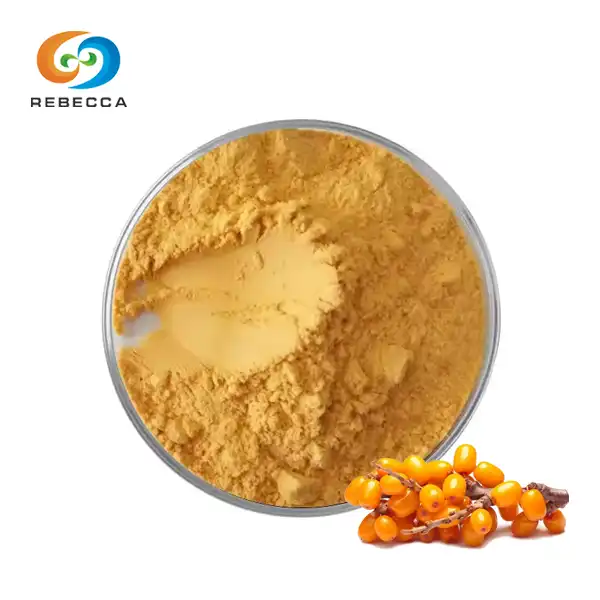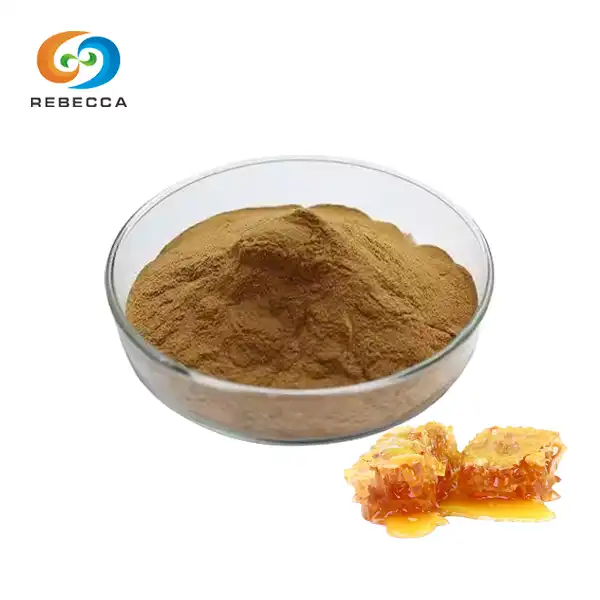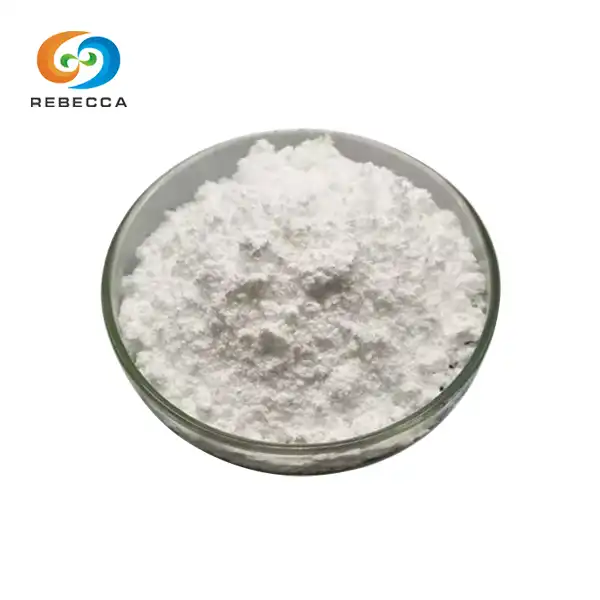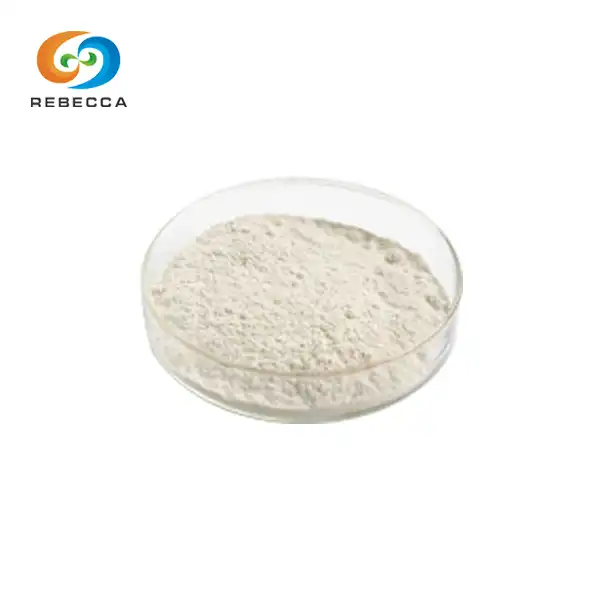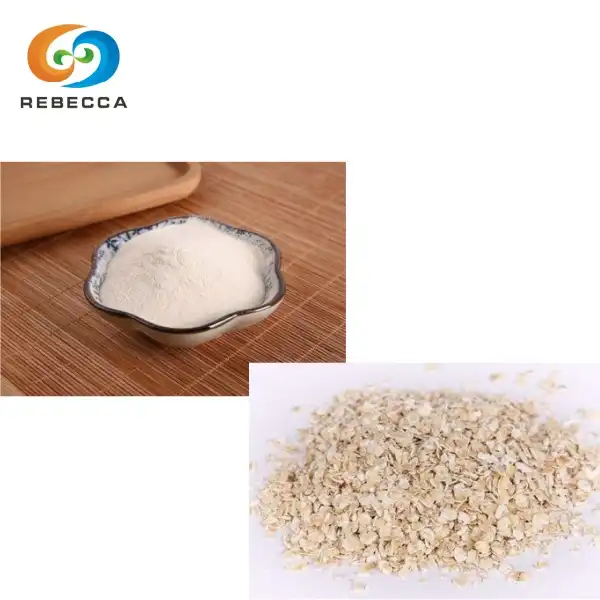Does baicalin turn to baicalein?
baicalin powder, a flavonoid glycoside derived from Scutellaria baicalensis, indeed transforms into baicalein under specific conditions. This conversion process is crucial for understanding the bioavailability and effectiveness of baicalin-based supplements. The transformation occurs primarily in the gastrointestinal tract and liver, where enzymatic and pH-dependent reactions cleave the sugar moiety from baicalin, resulting in its aglycone form, baicalein. This conversion significantly impacts the absorption and pharmacological activities of these compounds, making it a key consideration for pharmaceutical and nutraceutical applications.
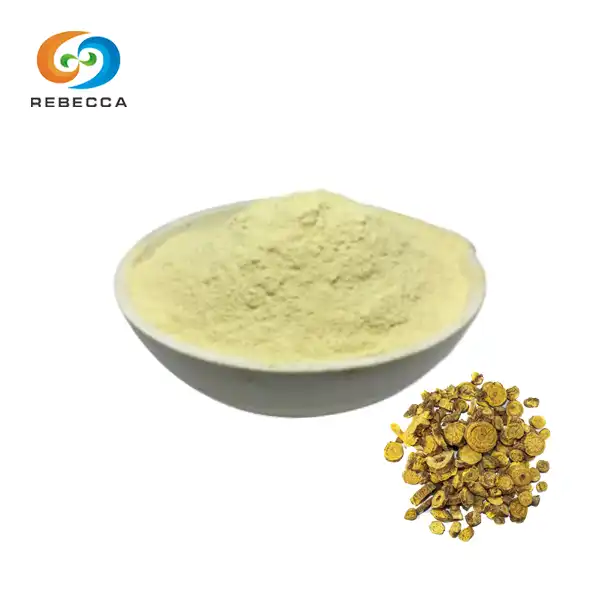
English name: Baikal skullcap root extract
Latin Name: Scutellaria Baicalensis Georgi. L .
CAS No.: 21967-41-9
Molecular forula:C21H18O11
Molecular Weight:446.37
active ingredients: Baicalin
Specification: 70-98%
Use Part : Root
Appearance: Light yellow fine powder
Mesh size:80 Mesh
Test Method: HPLC
Key Mechanism of Conversion: Hydrolysis of the Glycoside Bond
Enzymatic cleavage: Role of β-glucuronidase in baicalin conversion
The primary mechanism driving the transformation of baicalin to baicalein is enzymatic hydrolysis. β-glucuronidase, an enzyme abundantly present in the human gut microbiota, plays a pivotal role in this process. This enzyme specifically targets the glycosidic bond connecting the sugar moiety to the flavonoid structure of baicalin.
When baicalin encounters β-glucuronidase in the intestinal environment, the enzyme catalyzes the cleavage of the glucuronic acid group from the baicalin molecule. This action effectively removes the sugar component, leaving behind the aglycone structure known as baicalein. The efficiency of this enzymatic conversion can vary among individuals due to differences in gut microbiome composition and activity levels of β-glucuronidase.
pH-dependent hydrolysis: Impact of acidity on baicalin stability
Apart from enzymatic cleavage, the stability of baicalin powder is also influenced by pH levels. In acidic environments, such as the stomach, baicalin undergoes non-enzymatic hydrolysis. The low pH facilitates the protonation of the glycosidic bond, making it more susceptible to cleavage.
As baicalin travels through the gastrointestinal tract, it encounters varying pH levels. The acidic environment of the stomach initiates the hydrolysis process, which continues as the compound moves into the small intestine. This pH-dependent conversion contributes to the overall transformation of baicalin to baicalein, complementing the enzymatic pathway.
Structural changes: From glycoside to aglycone in baicalein formation
The conversion of baicalin to baicalein involves a significant structural change. Baicalin, with its attached glucuronic acid group, is more hydrophilic and has a larger molecular size compared to baicalein. The removal of the sugar moiety results in a more lipophilic compound, baicalein, which has different physicochemical properties.
This structural transformation from glycoside to aglycone not only alters the molecule's solubility and size but also impacts its ability to interact with cellular targets. The increased lipophilicity of baicalein enhances its potential to cross cell membranes, influencing its bioavailability and pharmacological activities.
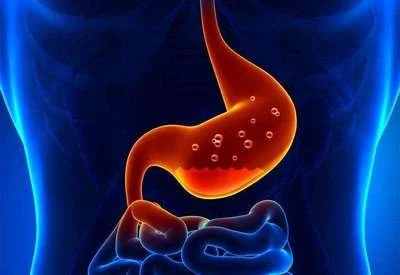

Where Does the Conversion Occur?
Gastrointestinal tract: Primary site of baicalin to baicalein conversion
The gastrointestinal (GI) tract serves as the primary location for the conversion of baicalin to baicalein. This transformation begins in the stomach, where the acidic environment initiates the hydrolysis process. However, the majority of the conversion takes place in the small and large intestines.
In the intestines, the presence of β-glucuronidase-producing bacteria plays a crucial role. These microorganisms, part of the gut microbiome, release enzymes that efficiently cleave the glucuronic acid group from baicalin. The intestinal epithelium also contains enzymes capable of hydrolyzing baicalin, further contributing to the conversion process.
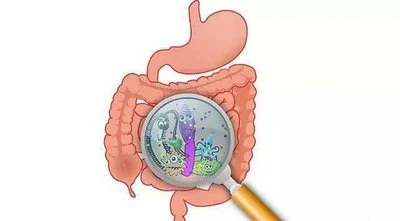
Liver metabolism: Hepatic enzymes involved in baicalin transformation
While the GI tract is the primary site of conversion, the liver also plays a significant role in baicalin metabolism. After absorption, baicalin powder undergoes further processing in the liver through phase II metabolism. Hepatic enzymes, particularly UDP-glucuronosyltransferases (UGTs), can conjugate baicalein back to baicalin.
This hepatic interconversion between baicalin and baicalein creates a dynamic equilibrium, influencing the overall bioavailability and circulating levels of both compounds. The liver's role in this process highlights the complexity of flavonoid metabolism and the importance of considering both intestinal and hepatic transformations when studying baicalin powder pharmacokinetics.
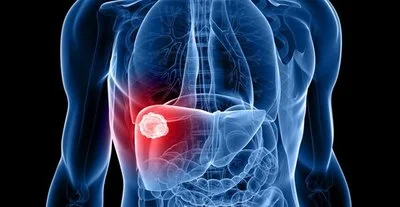
In vitro studies: Simulated conversion in laboratory conditions
To better understand the conversion process, researchers have conducted numerous in vitro studies simulating the physiological conditions of baicalin transformation. These studies typically involve incubating baicalin with enzyme preparations or under various pH conditions to mimic the GI environment.
In vitro experiments have provided valuable insights into the kinetics of baicalin powder hydrolysis, the efficiency of different enzymes in catalyzing the conversion, and the impact of pH on the stability of baicalin. Such studies have been instrumental in elucidating the mechanisms of conversion and in developing strategies to enhance or control the transformation process for pharmaceutical and nutraceutical applications.
Why Does This Conversion Matter?
Bioavailability: Enhanced absorption of baicalein vs baicalin
The conversion of baicalin to baicalein significantly impacts bioavailability. Baicalein, being more lipophilic, is generally absorbed more readily through the intestinal epithelium compared to its glycoside counterpart. This enhanced absorption translates to higher plasma concentrations of the active compound, potentially leading to more pronounced biological effects.
Understanding this conversion process is crucial for optimizing the delivery and efficacy of baicalin-based supplements. Formulation strategies that consider the transformation of baicalin to baicalein can lead to improved bioavailability and, consequently, enhanced therapeutic outcomes.
Pharmacological effects: Differences in activity between compounds
Baicalin powder and baicalein, despite their structural similarity, exhibit distinct pharmacological profiles. The conversion process therefore has implications for the overall biological activity of baicalin-containing products. Baicalein often demonstrates more potent antioxidant and anti-inflammatory properties compared to baicalin, attributed to its ability to more easily penetrate cell membranes.
The differences in pharmacological effects extend to various physiological systems. For instance, studies have shown variations in the neuroprotective, cardiovascular, and hepatoprotective activities of baicalin versus baicalein. These differences underscore the importance of considering the conversion process when evaluating the potential health benefits of baicalin-based supplements.
Product formulation: Implications for supplement and drug development
The conversion of baicalin to baicalein has significant implications for product formulation in the supplement and pharmaceutical industries. Manufacturers must consider factors such as pH stability, enzyme exposure, and targeted delivery when developing baicalin-containing products.
Strategies to enhance or control the conversion process may include enteric coatings to protect baicalin powder from stomach acid, formulations that promote enzymatic conversion in the intestines, or even direct use of baicalein in products where immediate bioavailability is desired. Understanding the conversion mechanism allows for more informed decisions in product development, potentially leading to more effective and targeted formulations.
The transformation of baicalin to baicalein is a complex process involving enzymatic and pH-dependent mechanisms. This conversion, primarily occurring in the gastrointestinal tract and liver, significantly influences the bioavailability and pharmacological effects of these flavonoids. For researchers, health professionals, and manufacturers in the pharmaceutical and nutraceutical industries, understanding this conversion is crucial for optimizing the efficacy of baicalin-based products. As research continues to unravel the intricacies of this transformation, it paves the way for more targeted and effective applications of these valuable compounds in health and wellness.

Where to Buy Baicalin Powder?
Shaanxi Rebeccia, a leading manufacturer of high-quality botanical extracts, offers premium baicalin powder derived from Scutellaria baicalensis. Our state-of-the-art production facilities adhere to strict GMP and ISO standards, ensuring consistent quality and purity in every batch. We provide baicalin with a potency range of 70-98%, meeting diverse formulation needs. Our product (CAS No.: 21967-41-9) is available as a light yellow fine powder with a mesh size of 80, suitable for various applications in supplements and natural health products. For inquiries about our products or to discuss your specific requirements, contact us at information@sxrebecca.com.
References
- Zhang, L., et al. (2019). Metabolism and pharmacokinetics of baicalin and baicalein: An update. Journal of Ethnopharmacology, 243, 112075.
- Chen, H., et al. (2020). Comparative pharmacokinetics of baicalin and baicalein after oral administration of pure baicalin, Scutellariae Radix extract and Huang-Lian-Jie-Du-Tang to rats. Phytomedicine, 68, 153180.
- Li, M., et al. (2021). Baicalin and baicalein: A review of their applications in cardiovascular diseases. Molecules, 26(9), 2496.
- Xing, J., et al. (2018). Bioavailability and pharmacokinetics of baicalin and baicalein after oral administration of Scutellariae Radix extract in rats. Biopharmaceutics & Drug Disposition, 39(2), 75-85.
- Gao, Y., et al. (2022). Baicalin and baicalein: Neuroprotective properties and their potential for Alzheimer's disease treatment. Frontiers in Pharmacology, 13, 864885.
- Wang, X., et al. (2023). Recent advances in the pharmacological activities and molecular mechanisms of baicalin and baicalein. Natural Product Communications, 18(4), 1-12.
